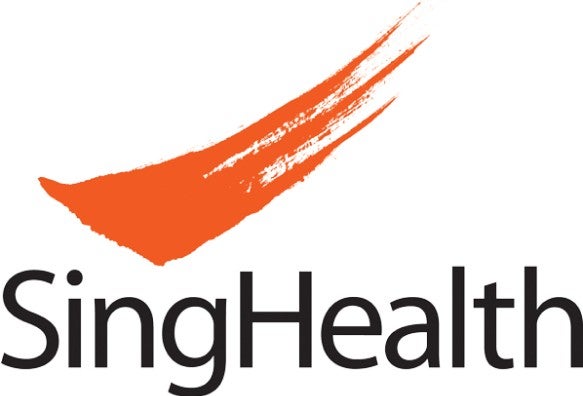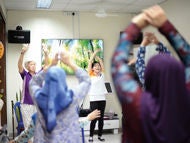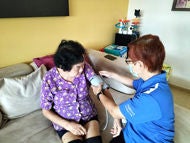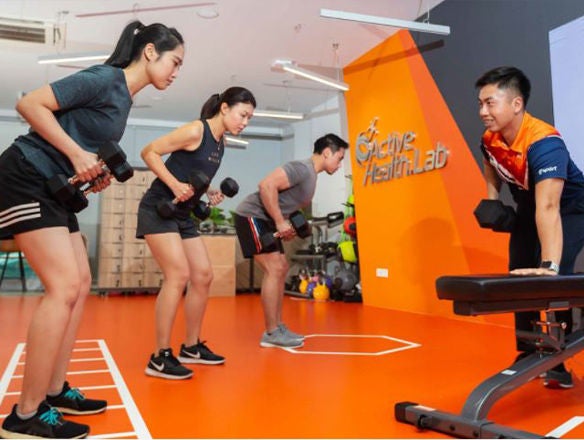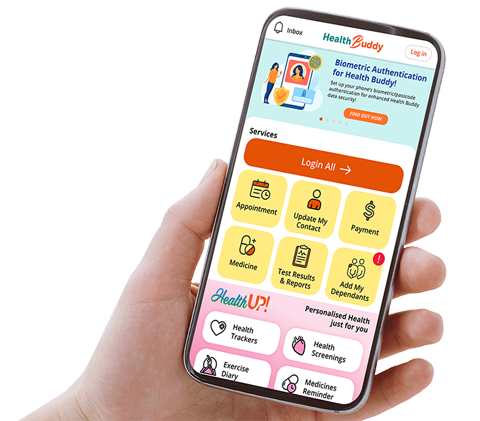What is - Fever
Fever In Children
The human body has a thermostat which helps us to regulate our body temperature. The normal body temperature is between 36.5°C and 37.5°C. With infection or other illnesses, various chemicals are released in our body. This resets the thermostat, resulting in fever.
A few points to note about fever:
- Fever is the body's way to fight infection. However, it is not just caused by infections alone.
- How high a fever is does not indicate the severity of the illness that is causing the fever.
- Over-wrapping and a generally hot environment can cause the body temperature of a child to be slightly above normal.
- Fever caused by viral infections may persist for up to 5 to 7 days. A small percentage of children aged between 6 months and 6 years old may have seizures with high fever. However, high fever itself or febrile seizures usually do not lead to brain damage.
Medications
Paracetamol
First line of medication to be used 4 – 6 hourly.
- Give 4 hourly if temperature is above 38.5°C.
- Give 6 hourly if temperature is less than 38.5°C.
- Do not use in infants less than 3 months old.
Ibuprofen
- Use only when fever is persistently above 38.5°C, 1 - 2 hours after paracetamol.
- Give 6 hourly.
- Do not use in infants less than 6 months old. In infants 6 months to less than 1 year old, it can be given 8 hourly.
Diclofenac Na (Voltaren suppositories)
- Use only when fever is persistently above 38.5°C, 1 - 2 hours after paracetamol
- Give 12 hourly
- Do not use in infants less than 1 year old unless advised by your doctor
Do not give your child:
- both ibuprofen and diclofenac at the same time as they belong to the same class of medications.
- either ibuprofen or diclofenac, if your child has severe vomiting or a bleeding disorder. This is in view of possible bleeding from the stomach and intestines.
- Aspirin unless advised by the doctor
Fever medications usually brings down the temperature by 1 - 2°C. Do not be alarmed if your child is still having a fever after the medication. Antibiotics are of no use in viral fevers.
Other Measures
- Encourage your child to take plenty of fluids
- Dress your child in light clothings to allow heat exchange.
- Keep the room cool and well-ventilated.
Consult your doctor when your child:
- is feeding poorly, vomiting or lethargic.
- is very young, especially less than 3 months old.
- has difficulty breathing.
- is drowsy.
- appears sicker.
- has decreased urine output.
- have new symptoms like abdominal pain or rash.
The information on Fever in Children can be downloaded in pdf format.
Contributed by
The information provided is not intended as medical advice. Terms of use. Information provided by SingHealth.
